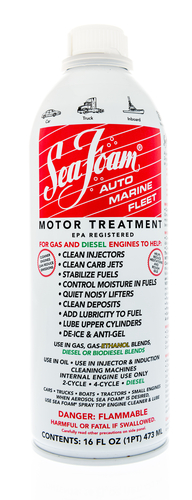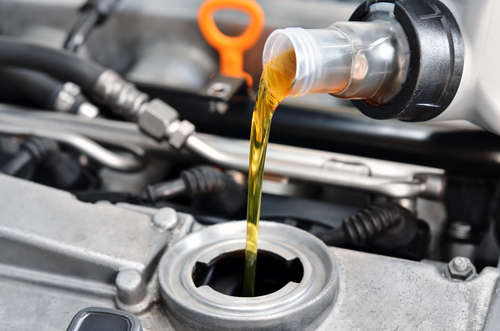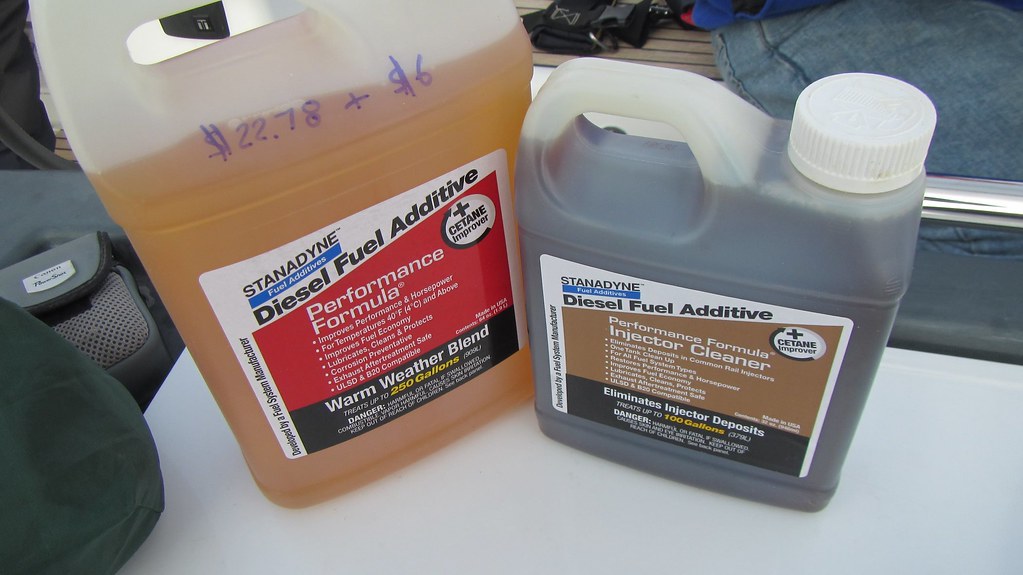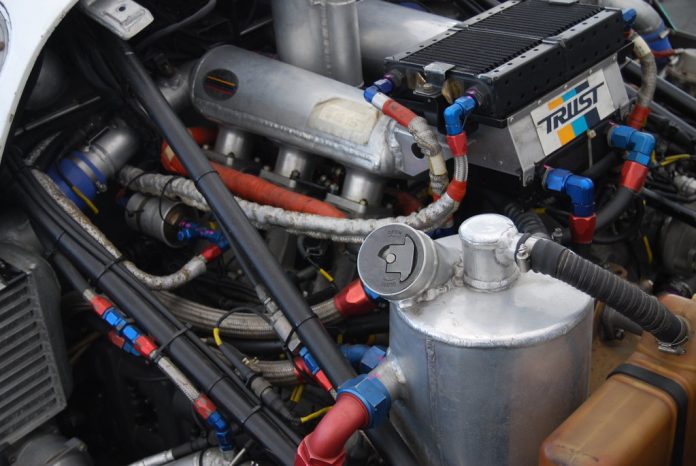
When it comes to vehicle maintenance, it’s not uncommon for drivers to reach for additives that promise to clean and enhance engine performance. Sea Foam Motor Treatment is one such product that boasts the ability to purify engines, but it comes with a raft of potential side effects that vehicle owners should weigh carefully.

Many have turned to this petroleum-based treatment to revitalize their car’s engine, only to face unintended consequences.

Sea Foam’s primary claim is its ability to cleanse engines of dirt and sludge across a range of motor oils, and it’s designed for use with any gas or diesel fuel blend.

Yet, despite these versatile applications, there is growing concern over some of its negative impacts. For one, the product can dilute engine oil if not used in the correct quantity.

As reported by AutoCareAids, this thinning out of the motor oil can create a cascade of engine troubles, possibly culminating in costly repairs.

Users have also reported a concerning decrease in fuel economy post-application, a predicament detailed by DriversAdvice.com. This reduction in gas mileage translates to more frequent trips to the pump, an outcome no driver desires.

The economic sting is felt even more sharply in a world where fuel costs are continually rising, and consumers are increasingly conscious of their ecological footprint.

Additionally, potential damage to the car’s oxygen sensor is another significant issue brought to light by Techbuzzer.org. This kind of damage is particularly likely if the oxygen sensor is already on the brink of failure. Thus, for those experiencing O2 sensor issues, it’s advisable to steer clear of Sea Foam until those issues are resolved.

The compatibility of Sea Foam with various fuel injection systems is also a matter of debate. Some sources assert that fuel additives like Sea Foam are not suitable for gasoline direct injection (GDI) engines which require a high-pressure cleaner for the removal of deposits.

Contrarily, the manufacturer of Sea Foam contends that their product is an essential treatment for modern GDI engines, leaving consumers to navigate through conflicting advice.

The discussion around Sea Foam extends to the implications for the catalytic converter as well. As per DCCarCare.com, improper use could lead to a damaging surplus of fuel burning in the catalytic converter, potentially resulting in irrevocable harm.

With environmental concerns at the forefront, the search for eco-friendly alternatives to Sea Foam is on many minds. Unfortunately, due to its petroleum-based composition, there are no direct green substitutes available.

For the eco-conscious driver, the recommendation is to consider making a transition to an all-electric vehicle or to adopt more sustainable travel habits such as walking when feasible.

As we continue to strive for a greener planet, and with the growing importance of eco-friendly practices, the nuances surrounding vehicle maintenance become all the more pivotal.

Since this is primarily used in gas-powered and hybrid vehicles, your best bet to drive more sustainably is likely to switch to an all-electric vehicle when possible. Even better, drive less and walk more to reduce your environmental impact.
Relevant articles:
– Sea Foam Can Damage Your Car — What to Know About the Motor Treatment, Explained, greenmatters.com

